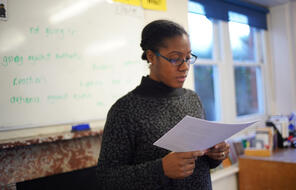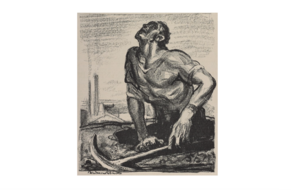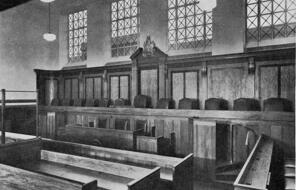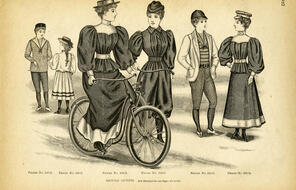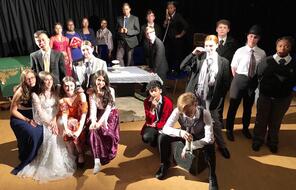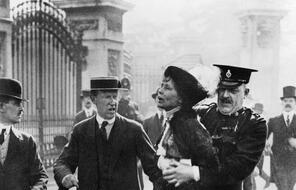Working Class Creatives: Excerpt One
Language
English — UKUpdated
In this excerpt from her article, ‘When will we give working class creatives the support they deserve?’, journalist Eleanor Halls describes the problems faced by working-class artists, and the barriers preventing them from engaging with the arts.
Laura Footes, a 27-year-old artist currently exhibiting a solo show at Pushkin House, is rolling out her large-scale drawings . . . across the floor of her large studio basement in oh-so-trendy Hackney, speaking about her love of modern languages and classic literature with a sharp and precise eloquence that wouldn’t sound out of place on the banks of Ascot.
On first impression, you would think Footes is London-born . . . [and] luxuriously pursuing her creative passion with the freedom afforded by upper-middle-class privilege. And yet Footes was born in Birmingham, down the road from Cadbury’s Bournville factory, on the border of an estate that led her cousins into drugs and prostitution . . . She purposefully lost her Birmingham accent. “I did it to sound more professional, so people didn’t think I was stupid. Otherwise they just switch off. No one would know I came from a working-class background,” says Footes . . . [D]espite a passion for art, [she initially] planned to become a lawyer: “I felt obliged by my socio-economic situation to focus on a subject that would give me employment and somewhere concrete.” Luckily, her boyfriend secretly sent an application to The Royal Drawing School on her behalf, and Footes was accepted on scholarship. . .
But Footes’ success has not been without significant financial and personal sacrifice . . . She describes how alienating her parents found her new “airs and graces”. “I’ve built an identity based on fakeness,” she continues. “I feel sad to have lost touch with my roots. I don’t fit in with my working-class family, because they think I’m posh. But when I’m with wealthier people, I’m fake posh. I’m an outsider. . .”
Sadly, Footes’ story is not unique . . . The lack of opportunity and support for working-class creatives is serious. Over 96 per cent of jobs in London’s creative economy – which generates £47 billion per year to the capital’s overall economy – are held by people from advantaged socio-economic groups, compared to 73.8 per cent outside the creative economy. 1
Connection Questions
- What factors of her identity has Laura Footes changed or tried to hide? What are the costs and benefits of doing so?
- What have been the costs of Footes’ success? What have been the benefits?
- What is the statistical difference between those from advantaged socio-economic backgrounds in London’s creative economy and those outside of it? What do you think the image would look like outside of London?
- Summarise what you think are the three key points made in this excerpt.
- 1Eleanor Halls, ‘When will we give working class creatives the support they deserve?’, GQ Magazine, 27 October 2018.
How to Cite This Reading
Facing History & Ourselves, “Working Class Creatives: Excerpt One”, last updated June 16, 2020.




